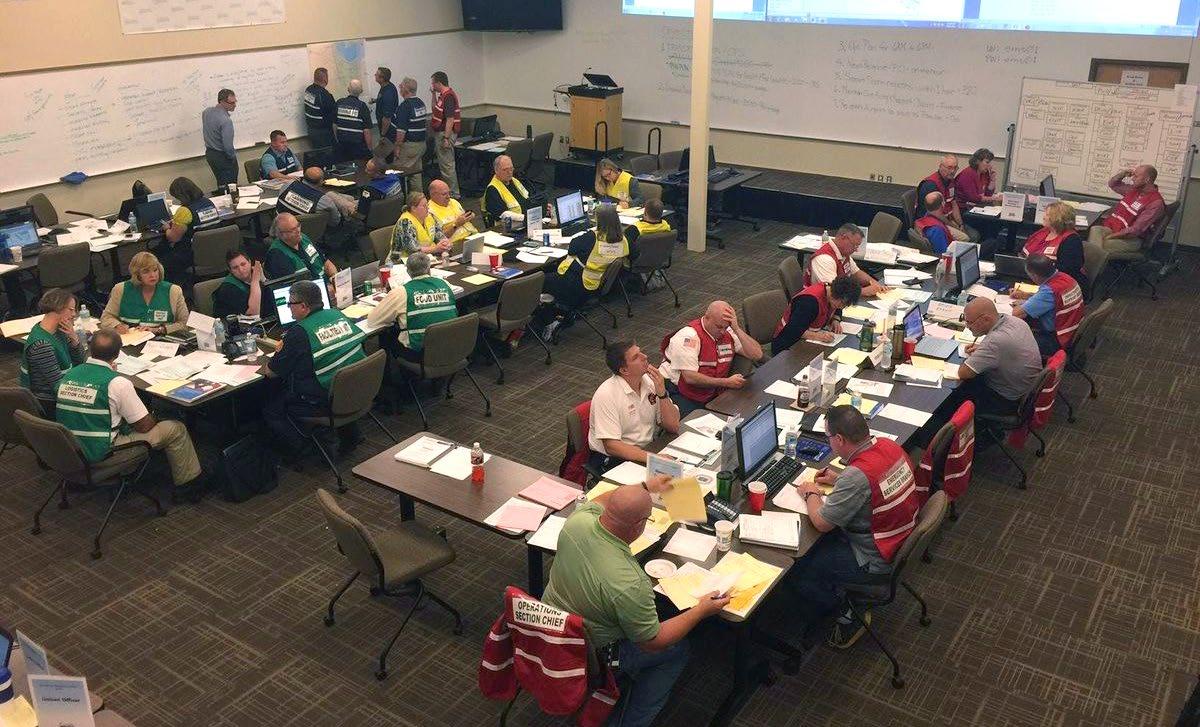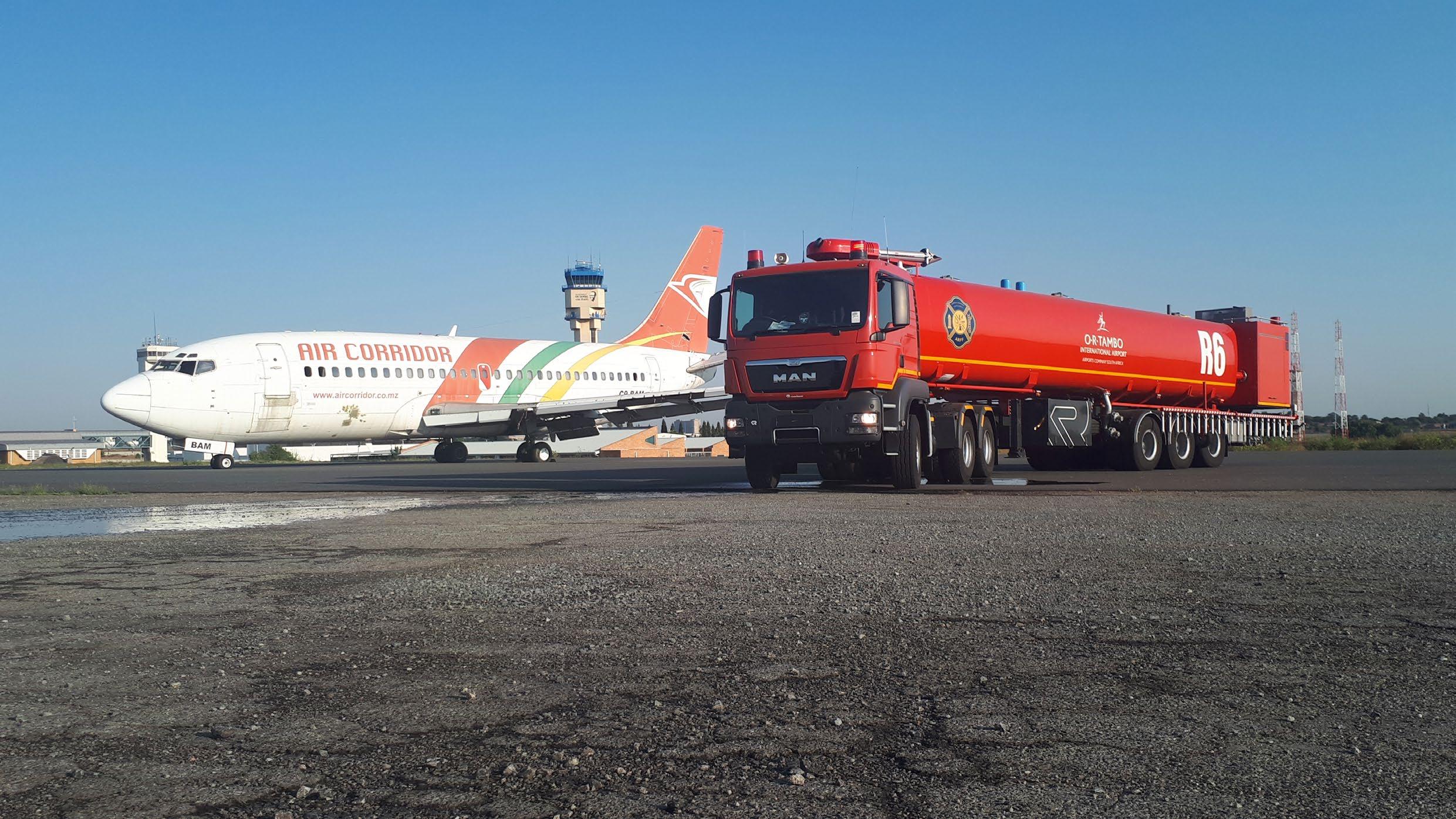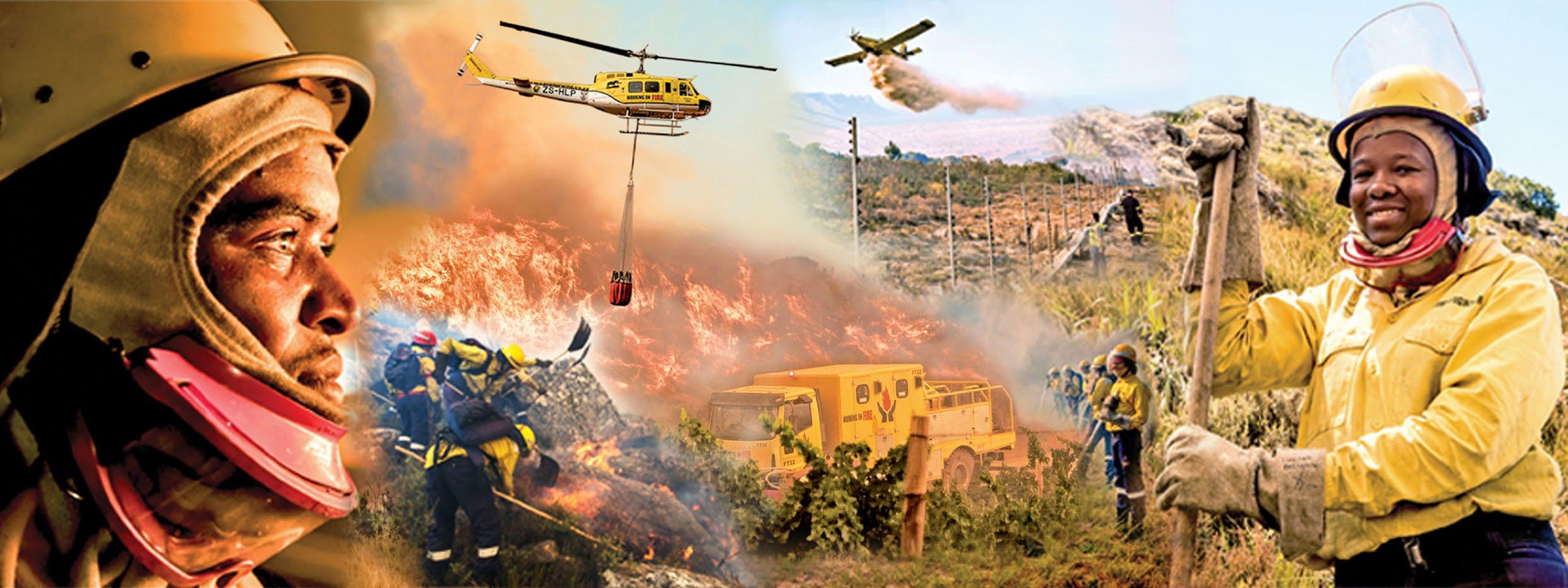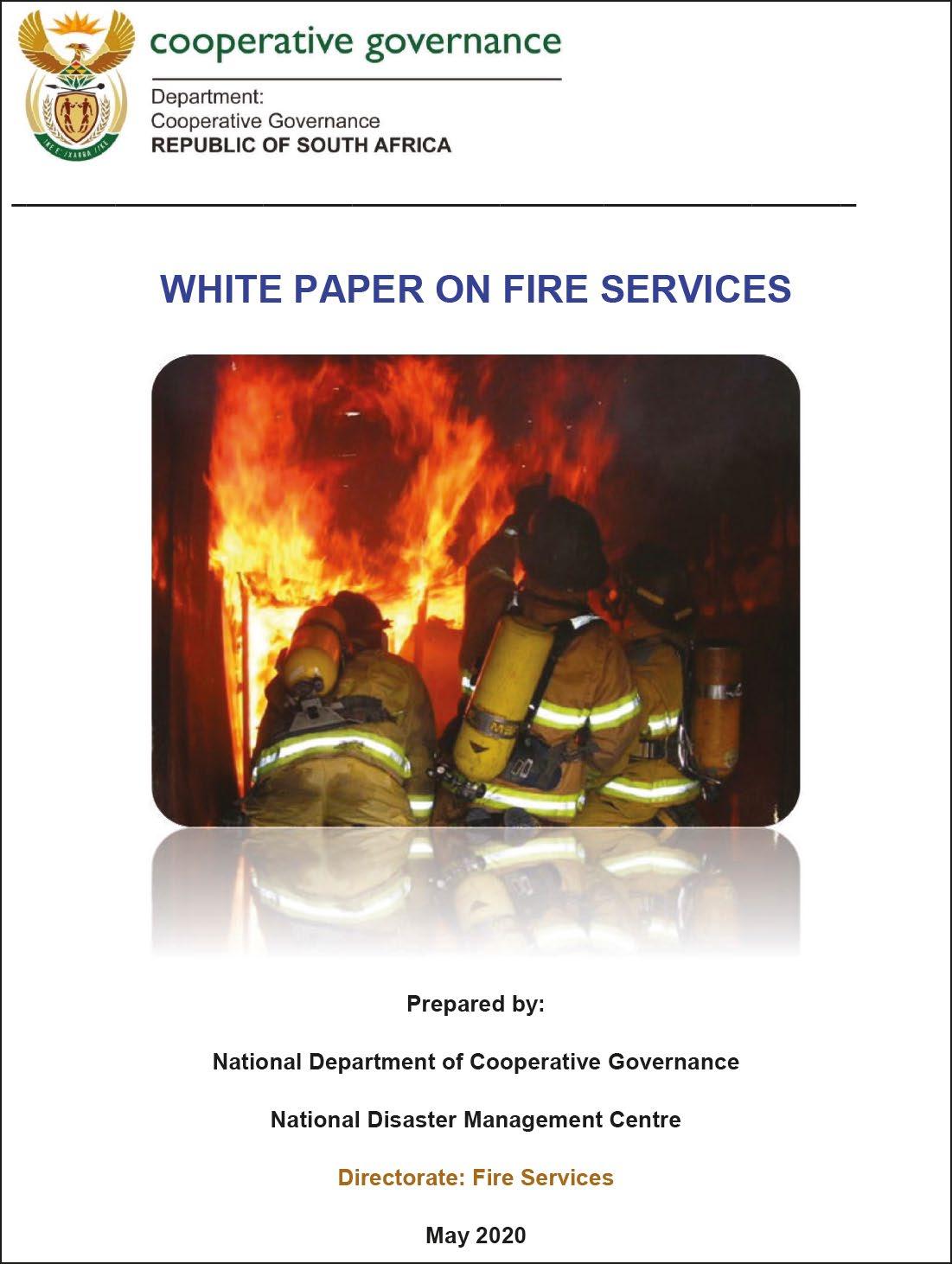Ultra-high pressure fire fighting technology
Rapid intervention with ultra-high pressure, reducing potential flash overs By Chief Wynand Engelbrecht, CEO, Fire Ops South Africa This is not a technical paper; it is a general discussion regarding our approach in defining fire fighting operations.
F
ire fighting, like anything else in life, ought to be based on philosophy, which then further determines what strategy one would pursue to be successful. Haphazardly turning out to a scene, whether it be done using very modern apparatus or not, is in and of itself of little value, if the responders are not thoroughly schooled in tactics, under-pinned by a well-defined strategy. After careful consideration over many months, we, at Fire Ops SA, decided to implement an approach based on the research work done by Underwriters Laboratory (UL) in the United States and Eddie Buchanan of Hanover Fire Department (USA). The research resulted in the fire attack principle “sizeup, locate the fire, isolate the flow path, cool from a safe distance, extinguish” abbreviated to SLICE-RS. We needed to make some adjustments, based on the following reasoning: the research done by UL was still based on flowing 125gpm to 250gpm through 65mm and 38mm lines at low volumes (500kPa to 800 kPa). In our opinion, even that theory may already be outdated, although it was concluded just over a decade ago. The National Institute of Standards and Technology USA (NIST), in cooperation with the Fire Department New York (FDNY) and the Chicago Fire Department, has completed immensely important research on ventilation of fires as an operational tactic, during the eighties and nineties. For at least two decades ventilation was considered to be one of the more crucial elements of the fire fighting operation. Size-up, followed by rescue, exposures, containment, extinguish, overhaul - ventilation and salvage (RECEO-VS), was an approach followed Volume 5 | No 5
Rapid intervention is a base element in our tactical approach, enhanced by the use of the Pyrolance/UHP system from the late forties already. There are still major fire departments in North America where ventilation is favoured by individual officers. The dilemma is that one cannot simply dismiss ventilation, as it still remains a major factor for consideration but is a context different from the beaten path. The work done by UL is mostly an extension of the theories of the late Chief Lloyd Layman of Parkersburg, West Virginia, who in 1950 presented a paper titled “Little drops of Water” at the Fire Department Instructors Conference (FDIC) in Memphis, Tennessee. It was a turn-around theory which purported in-direct fire attack as its basis, where the tremendous heat-absorbing properties of water mist and steam was lauded as the solution for the future. Well, the future has arrived. Our philosophy We opt for an approach that is well-defined in international texts
as ‘transitional fire fighting’. Much has been said about this topic, even in our country but little has in fact been done about implementing true transitional operations. Under RECEO-VS, rescue was considered the most important element following on the size-up. Under SLICE-RS rescue is considered to be ‘an activity of opportunity’ and we agree with this position. Our strategy The subject is immensely complicated, as there may be transitions between external fire attack tactics and external exposure defense tactics, external direct attack and external indirect attack, internal direct and internal in-direct attack, flowing minute amounts of water at ultra-high pressures (UHP) and ultra-high velocity (UHV) and, on the other hand, the conventional methods of flowing higher volumes at lower pressures, using 38mm attack lines and akromatic nozzles. FIRE AND RESCUE INTERNATIONAL | 31













